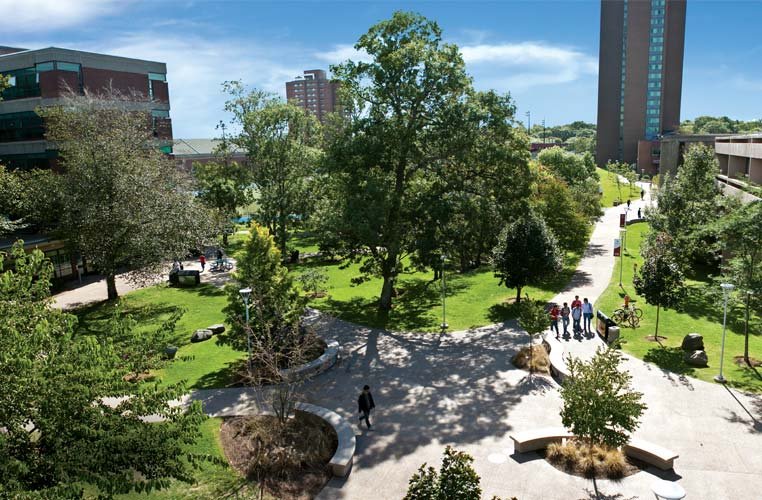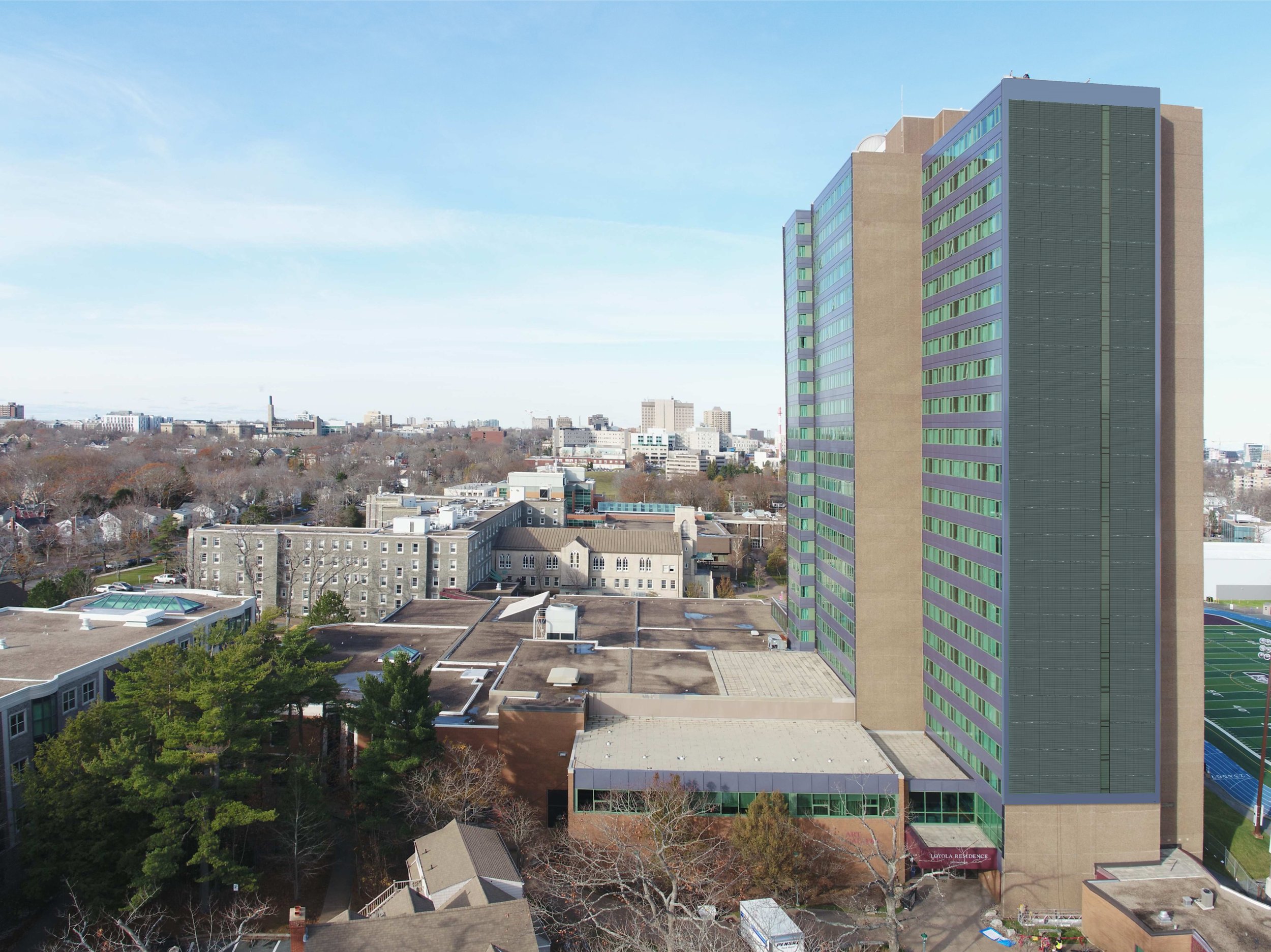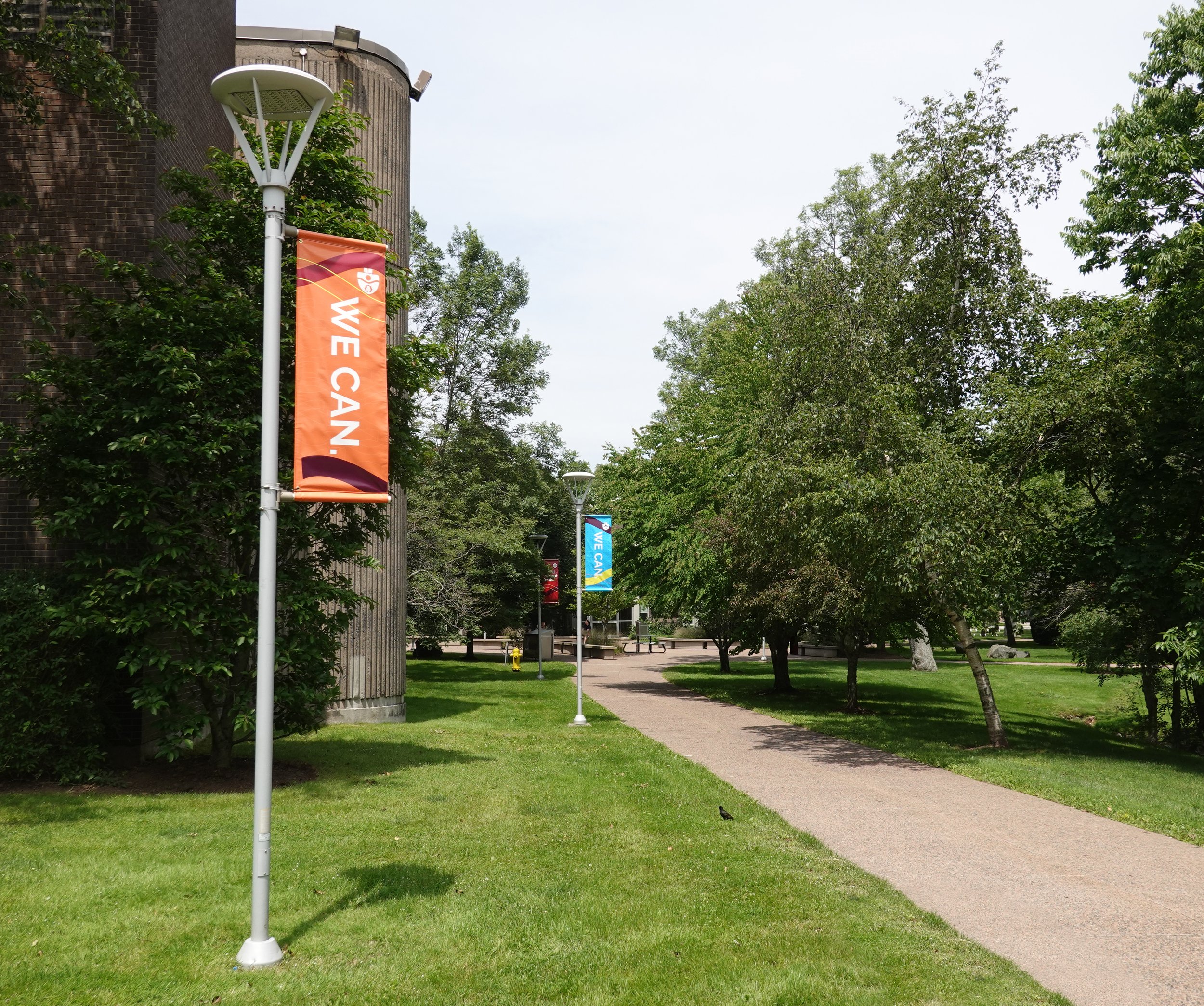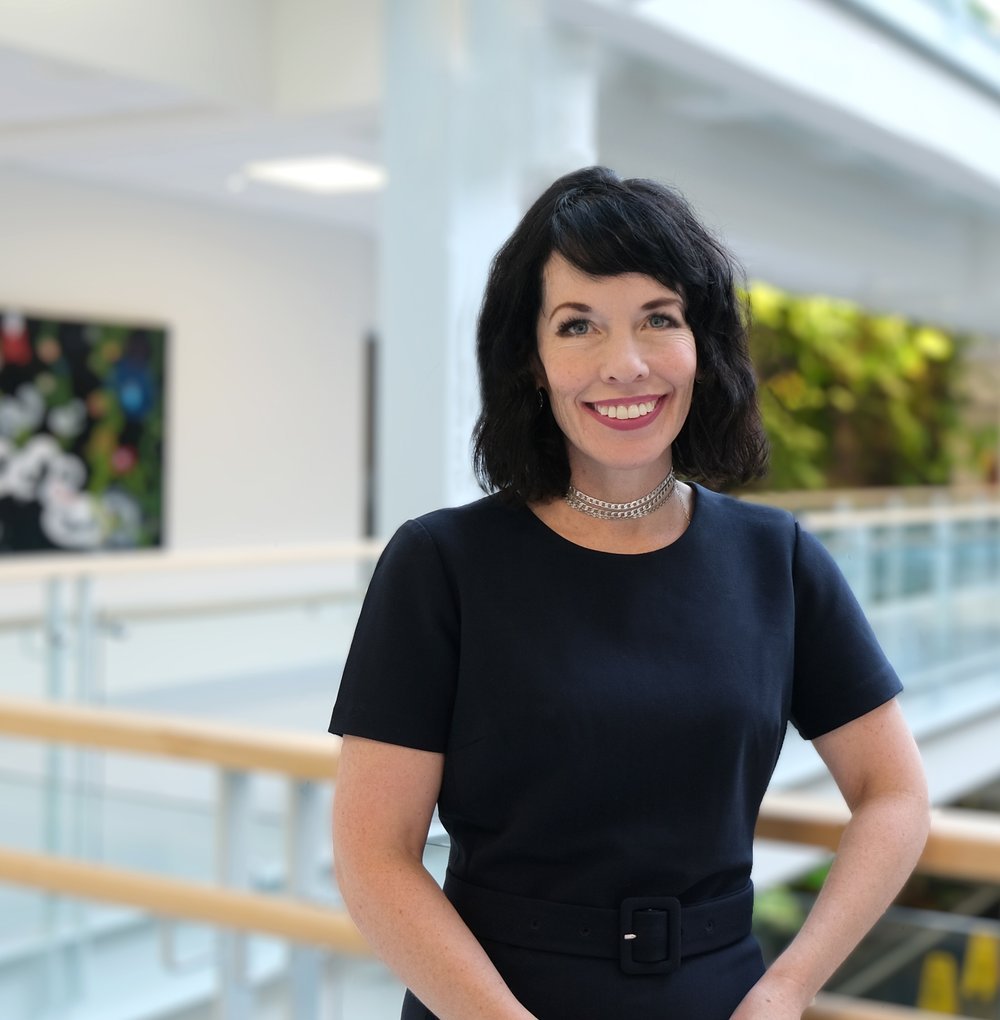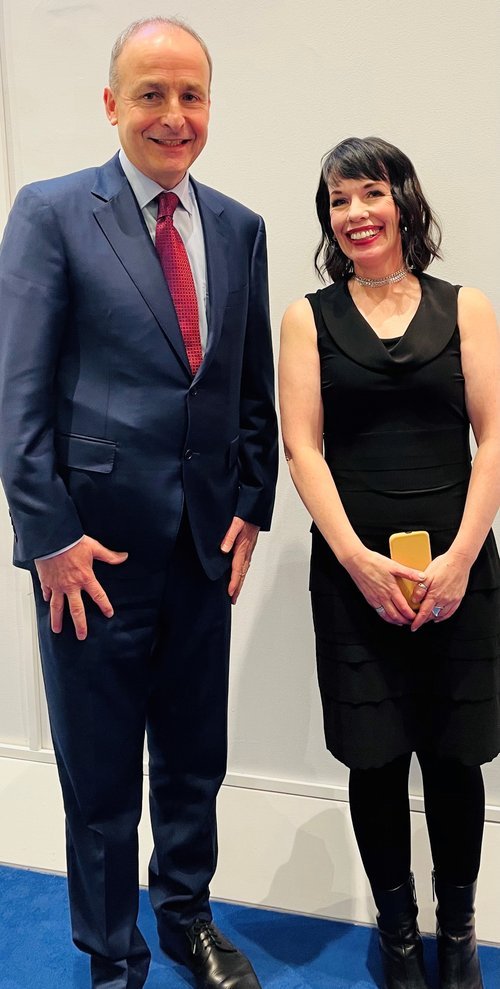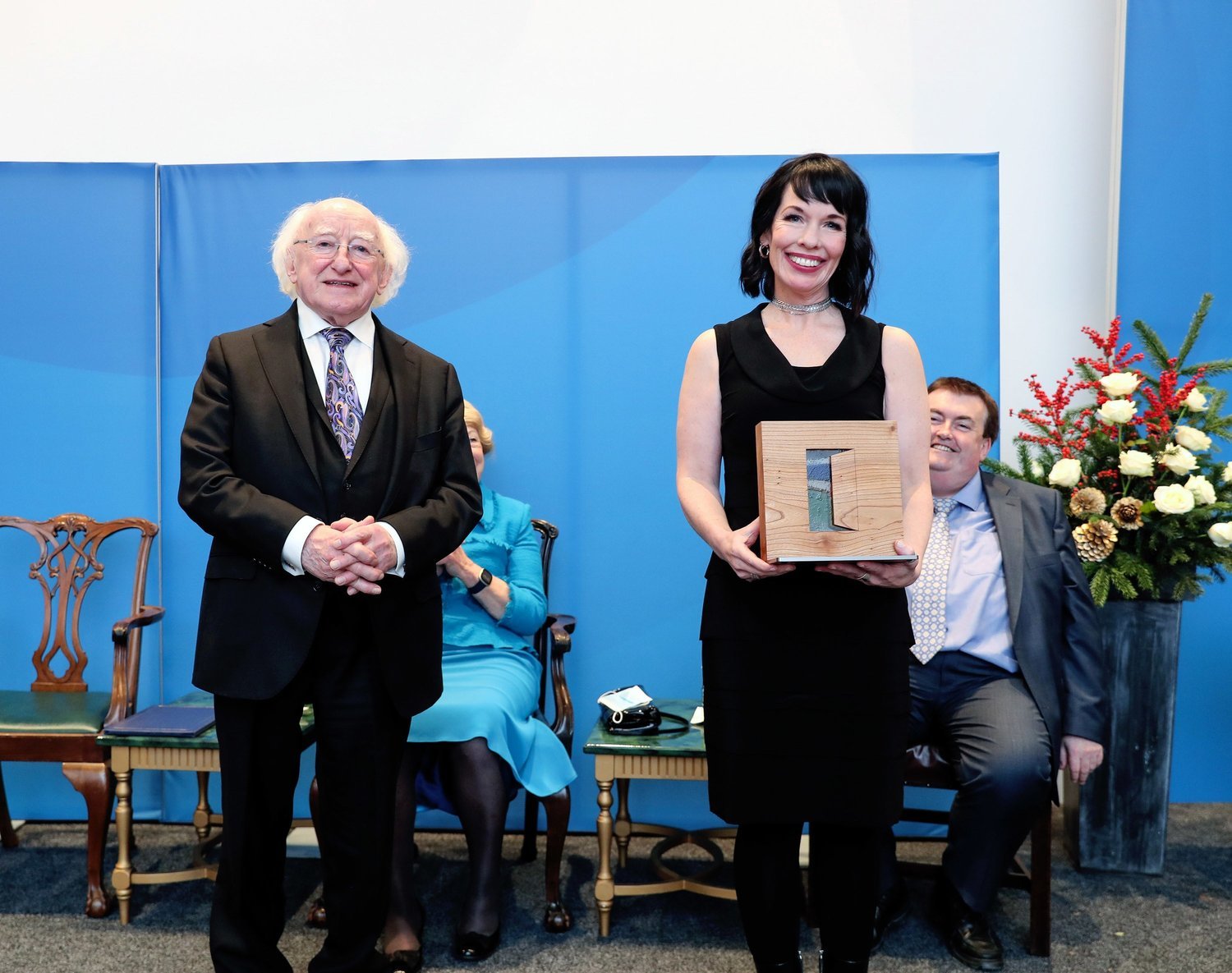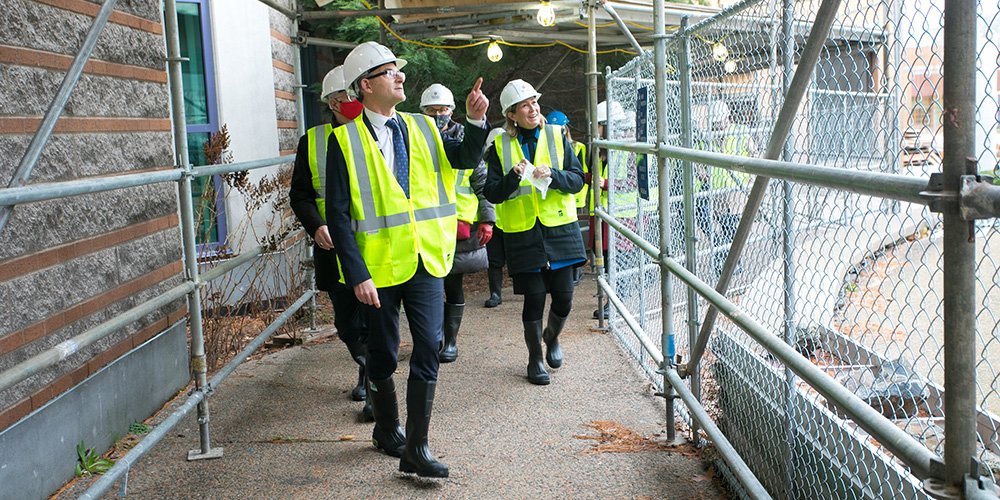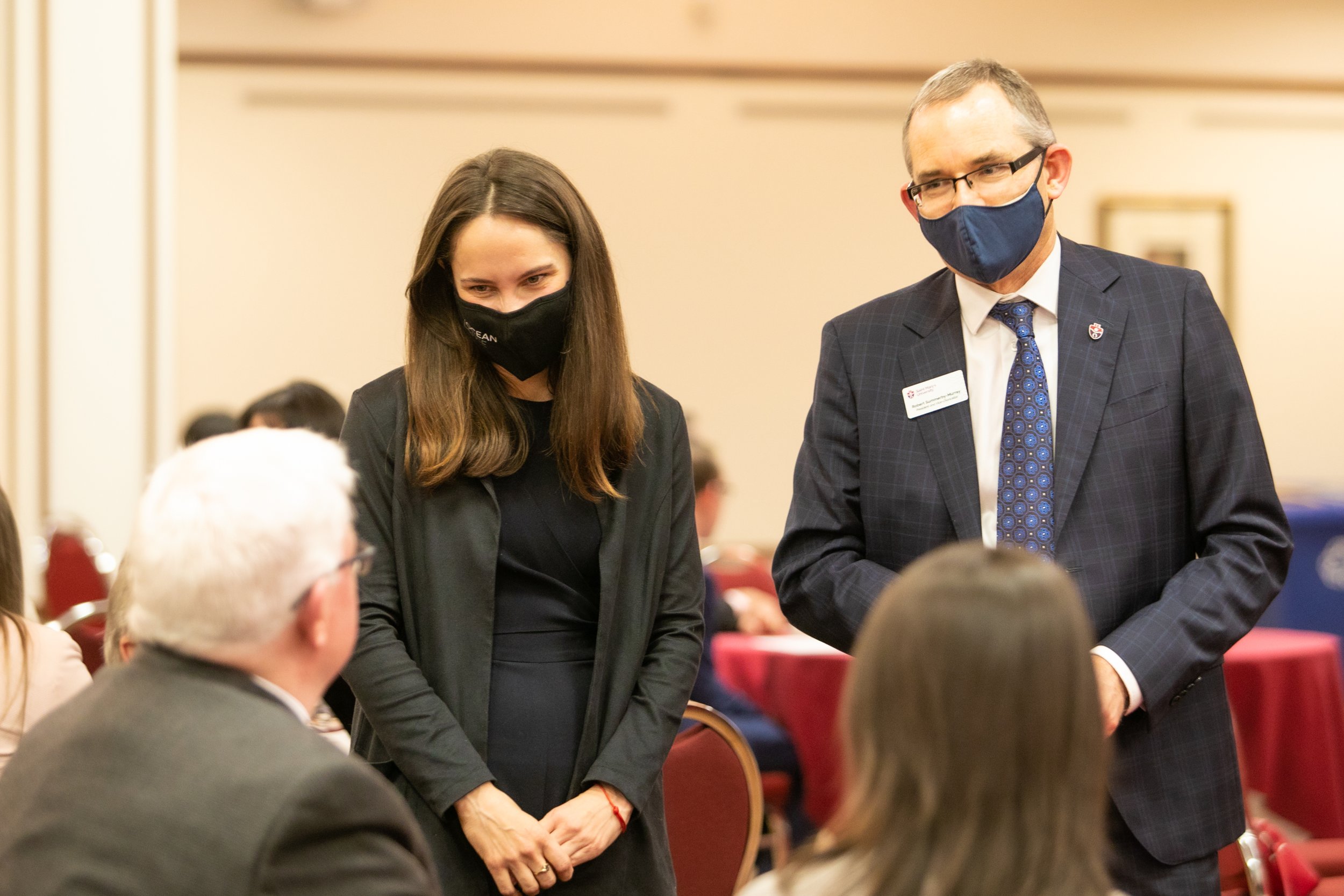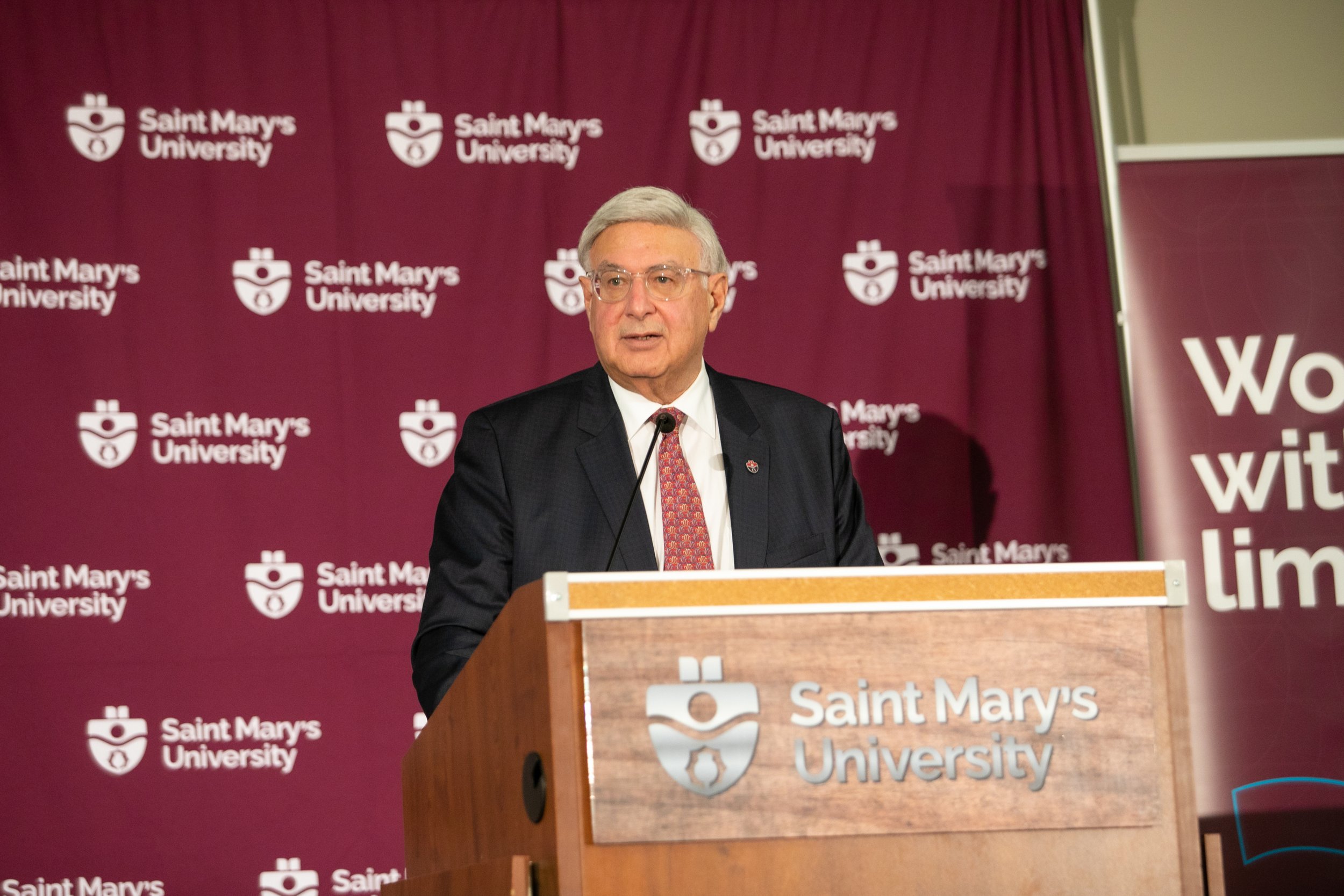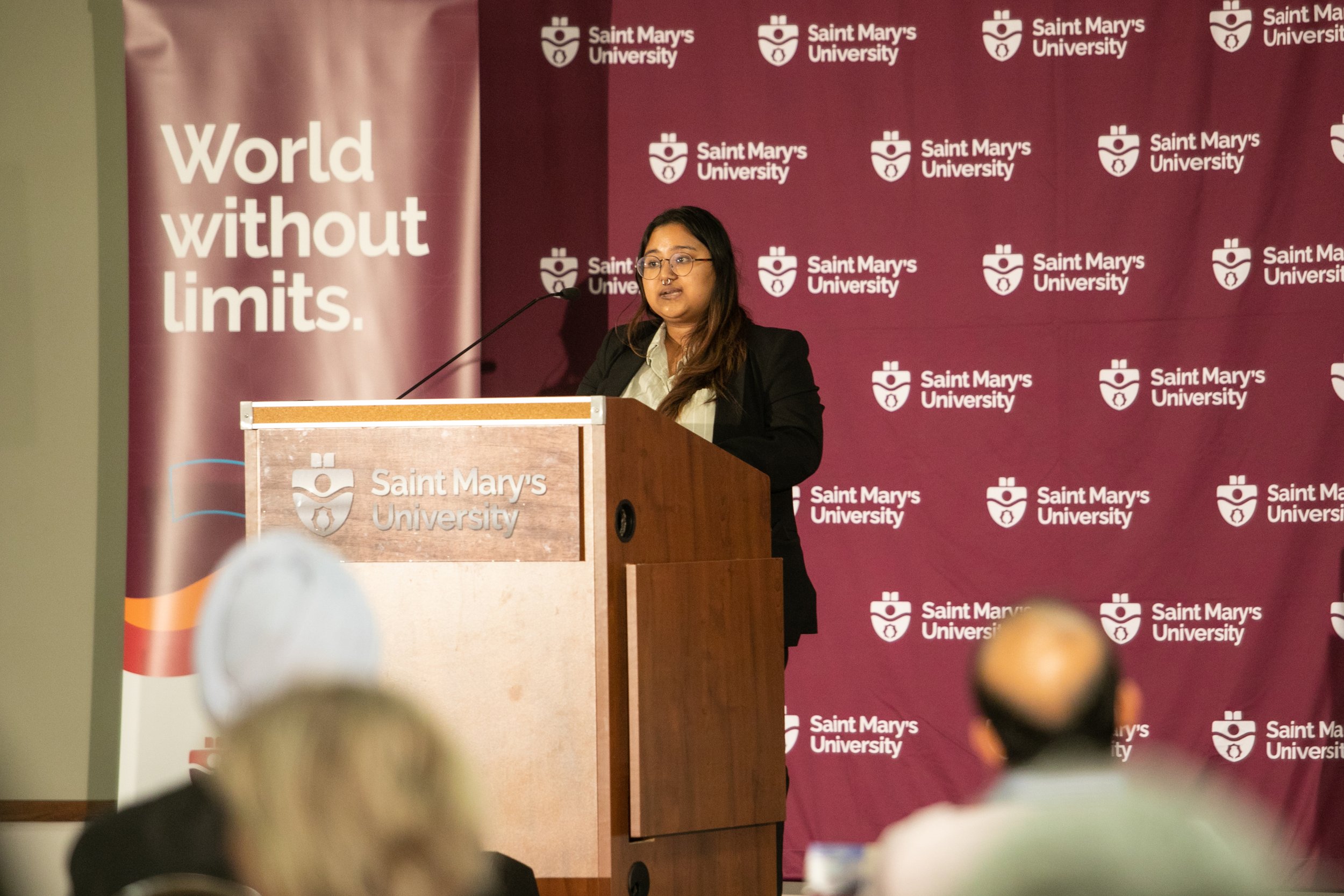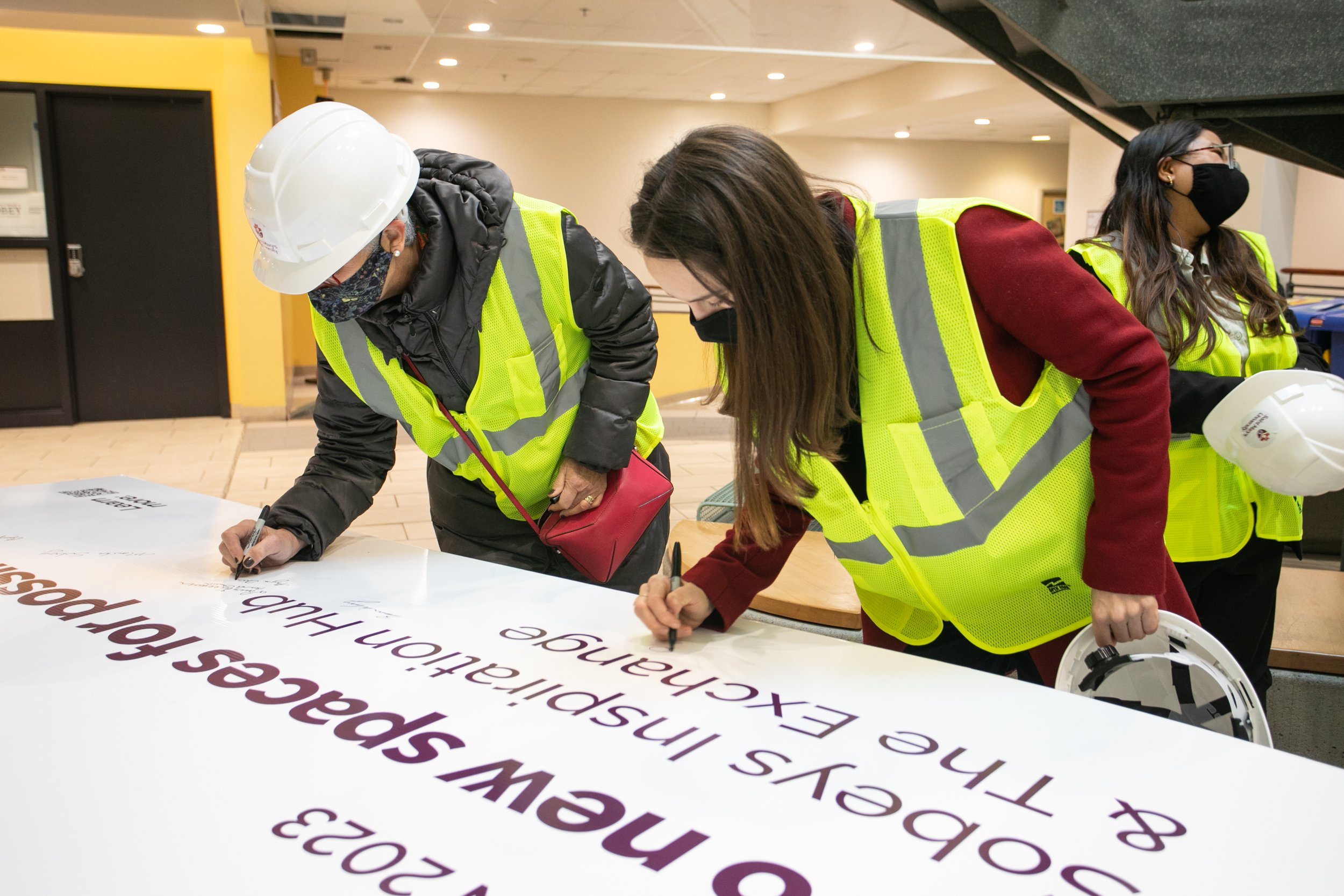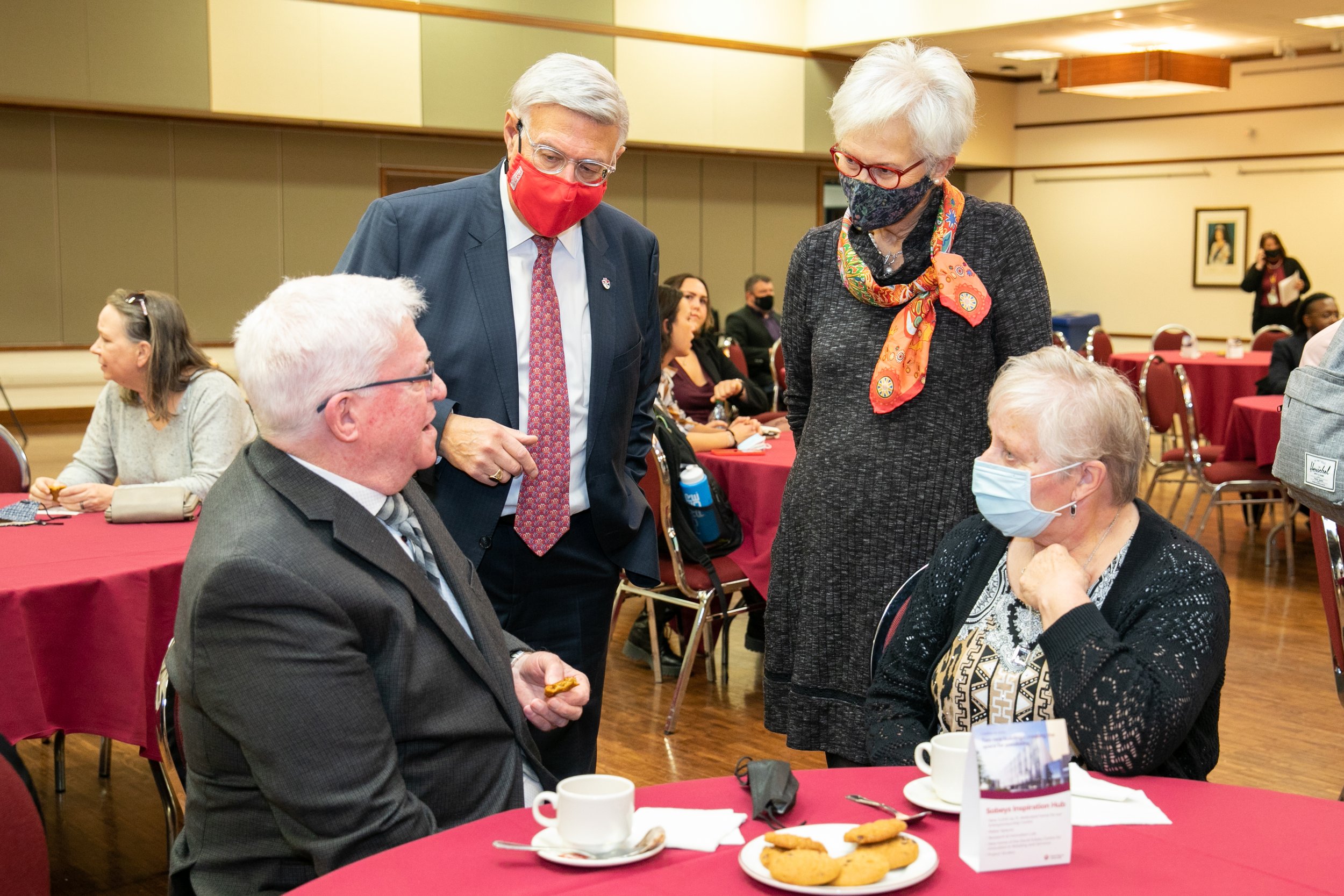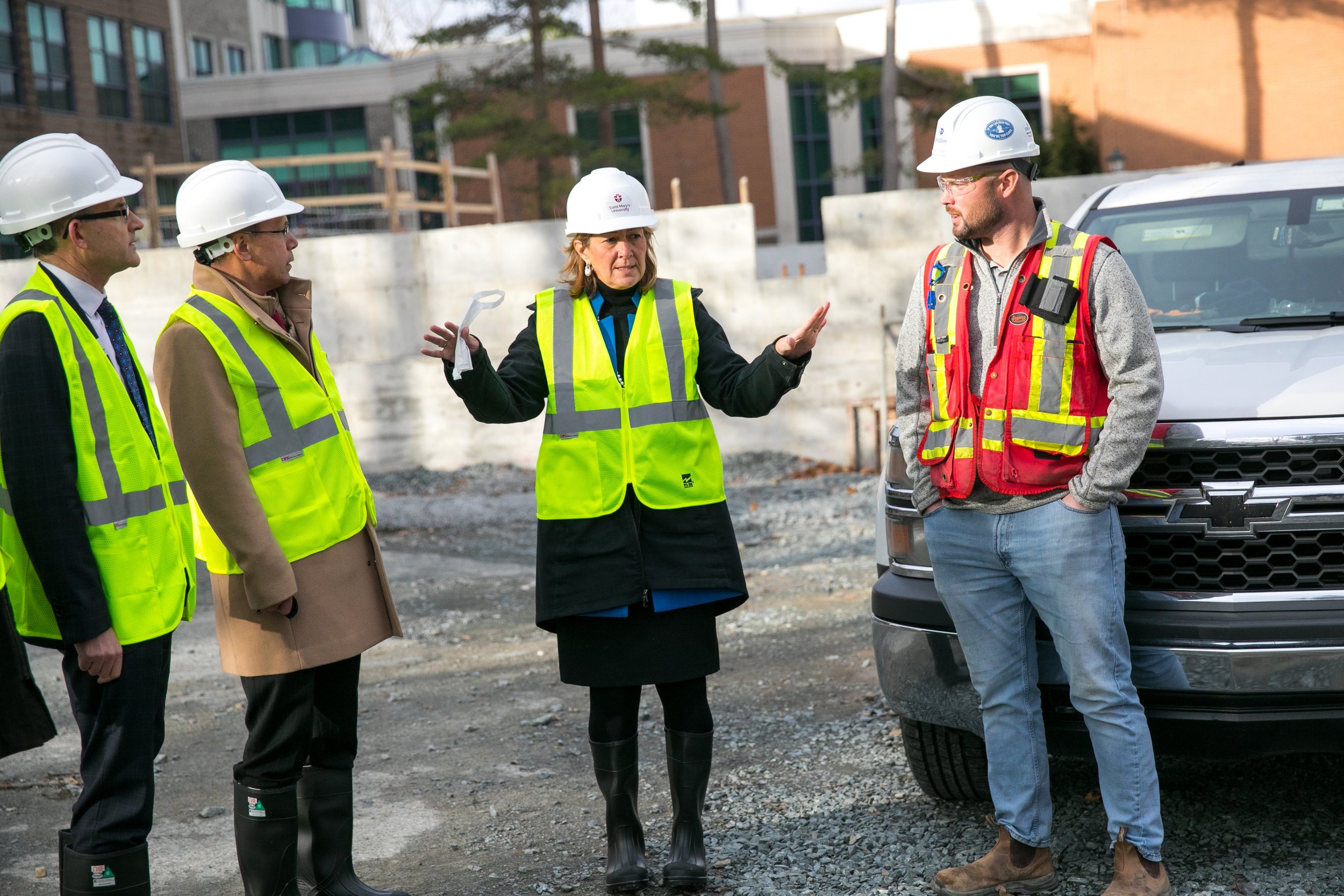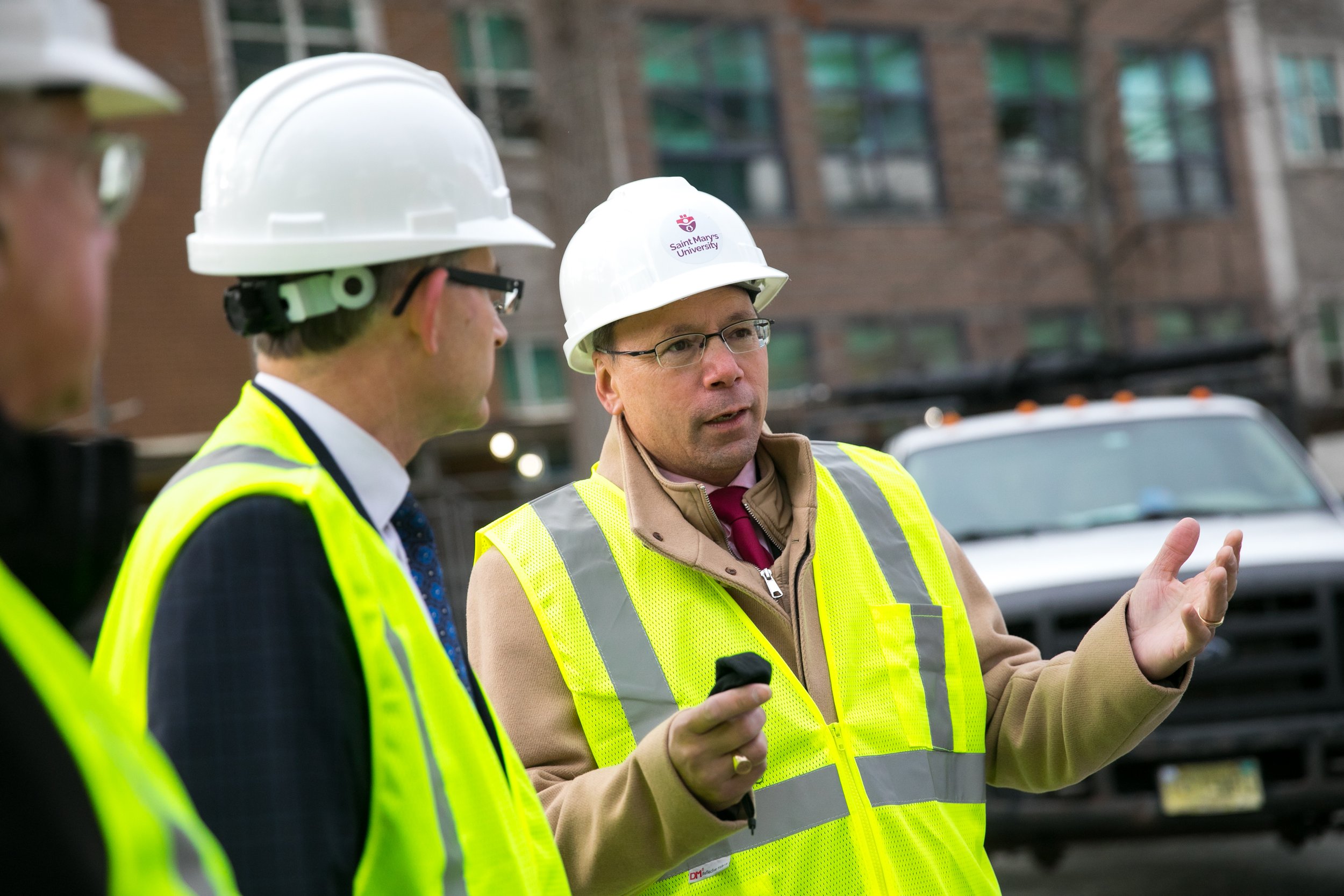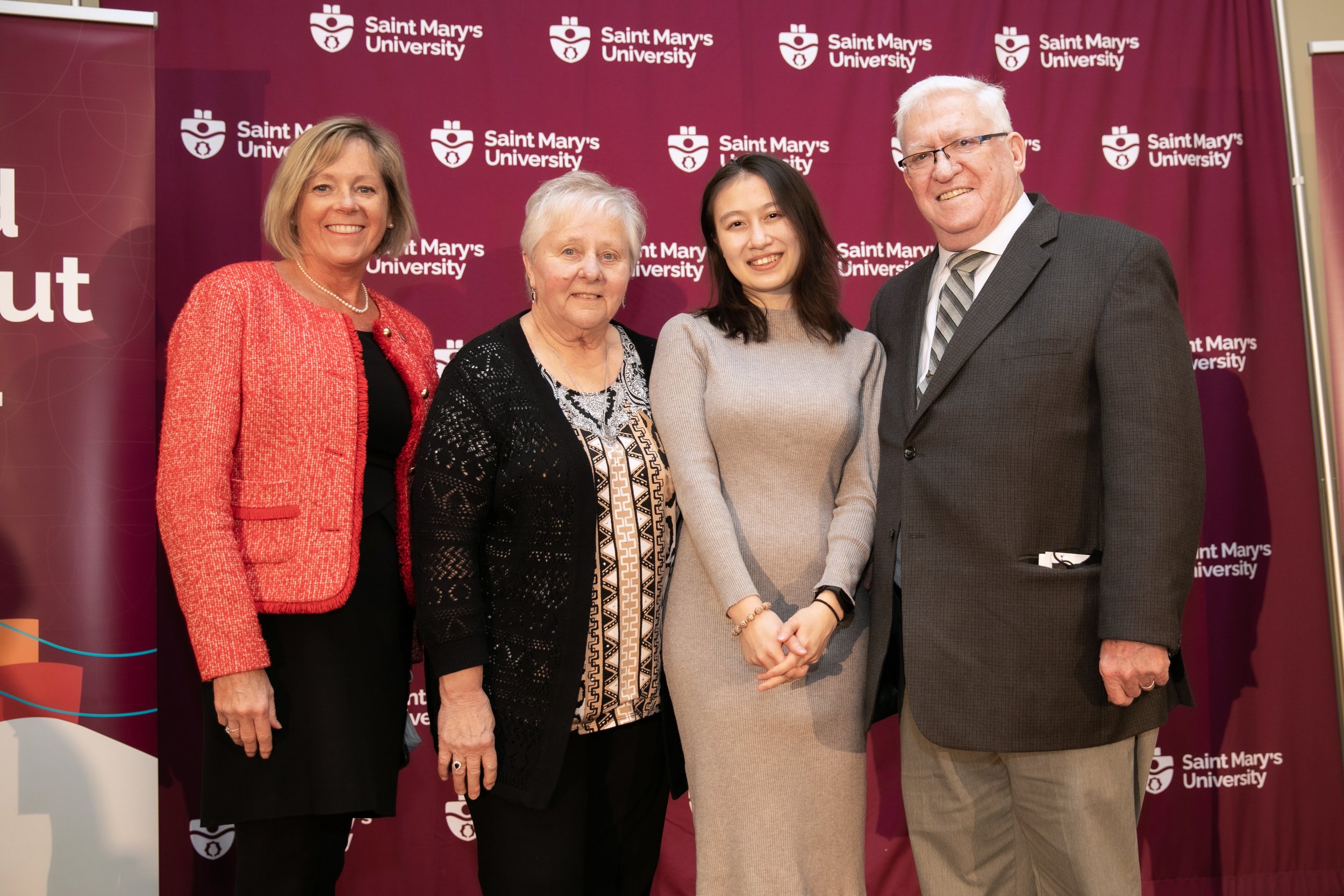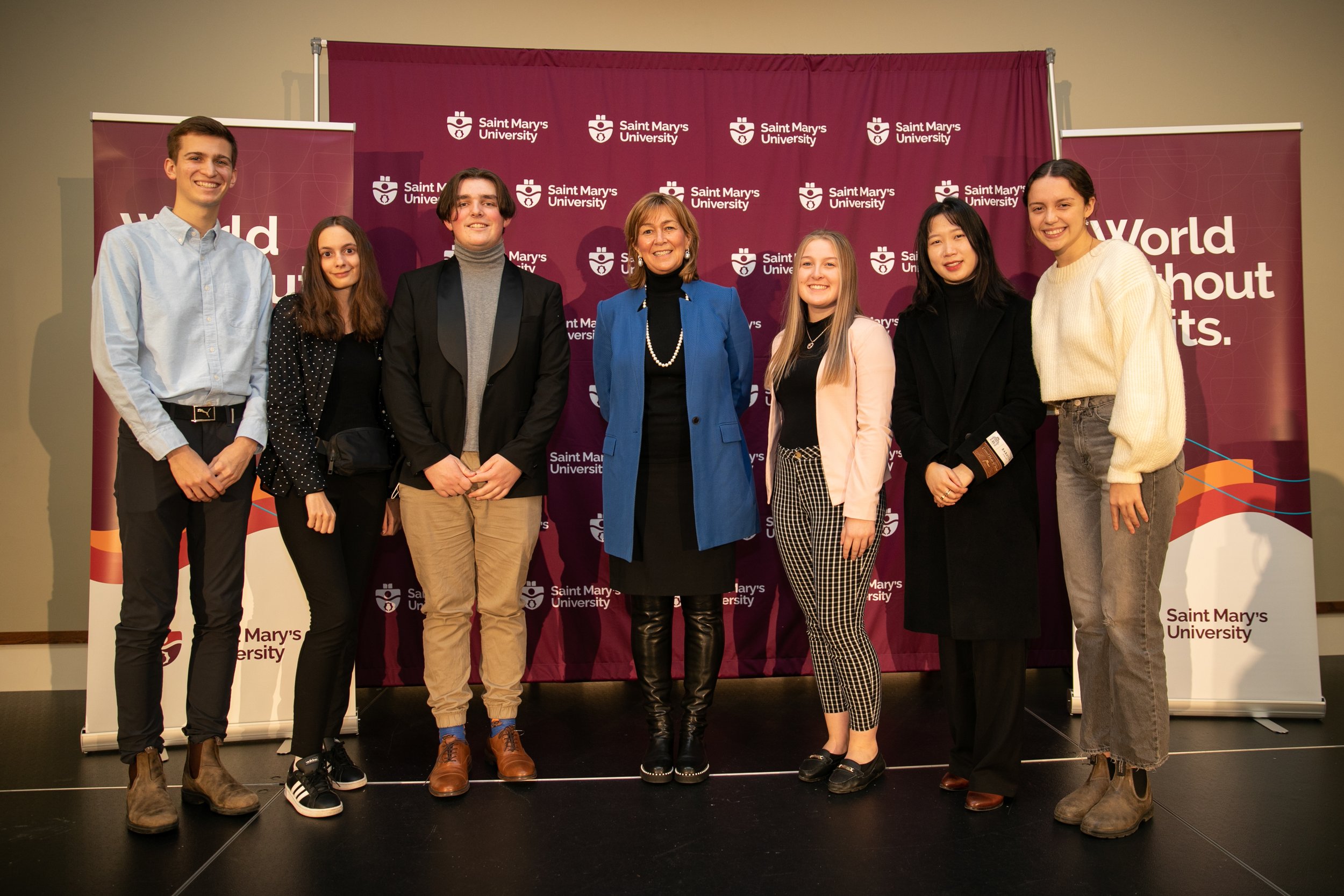You could tell from the sounds of rattling ball bearings and children’s laughter in the Dauphinee Centre on Wednesday afternoon that this wasn’t a usual practice for members of the Saint Mary’s Huskies men’s hockey team.
The Huskies hosted Canadian Blind Hockey for their annual Learn to Skate and Try Blind Hockey program on Nov. 24. Nearly 20 participants, between the ages of two to over 30, took to the Dauphinee Centre ice to skate, pass, shoot and have some fun with the Huskies.
“We haven’t been able to get on the ice in a while because of COVID, so we partnered with Saint Mary’s to bring blind hockey to the Dauphinee Centre, and to show kids young and old what blind hockey is all about,” explained Kelly Serbu, President of Canadian Blind Hockey, and the captain of the Canadian Blind Hockey National Team.
Serbu is a former Saint Mary’s Hockey player who was diagnosed with Stargardt, a hereditary eye disease during his second year with the team and continued playing after being declared legally blind.
Now he’s on a mission to spread awareness of blind hockey, and make the sport accessible to everyone, even those who are partially sighted and blind.
Blind hockey is much like traditional hockey with a few key differences, most notably the noisy puck.
“We play with a larger puck, it’s a metal puck, about 5.5 inches across the top and has eight ball bearings inside of it. People like me, who are partially sighted can track the puck on the ice by seeing it, but also by hearing it,” says Serbu. “The only other differences are the nets are one foot shorter, the goalies are totally blind, and wear blindfolds, and before you score a goal you have to complete a pass in the offensive zone. Other than that, it’s just like regular hockey.”
Some of the young hockey players say blind hockey has created a community and taught them some valuable life lessons.
“Just because you’re disabled, doesn’t mean you can’t play sports. They’ve tried to adapt many sports for everyone to be able to play,” said Carter Ryan, who has been playing hockey for three years.
“I came out to have a lot of fun with the community of blind hockey. Since I was like four years old, this has been a supportive group, like a family kind of. Not only just in hockey, but in anything you’re doing, they’re very supportive and always there for you,” said Mary Ellen MacEachen.
According to the Huskies head coach, his players were also inspired.
“This is part of our culture, we’ve been involved in Move for Inclusion, Motionball, Ronald McDonald House. So for our players, it’s very rewarding for them, they know they get a lot and they’ve been given a lot growing up, so it’s very rewarding to see them giving back,” said Huskies interim head coach Tyler Naugler. “We didn’t tell them to come, we told them about the event and we had almost everyone of our guys who didn’t have a class commitment today stay, so it’s a very rewarding experience for everybody.”
After a fun session on the ice, the group had a pizza party lunch and were given a tour of the Huskies facilities. It was an afternoon full of smiles, laughs, and inspiring messages.






